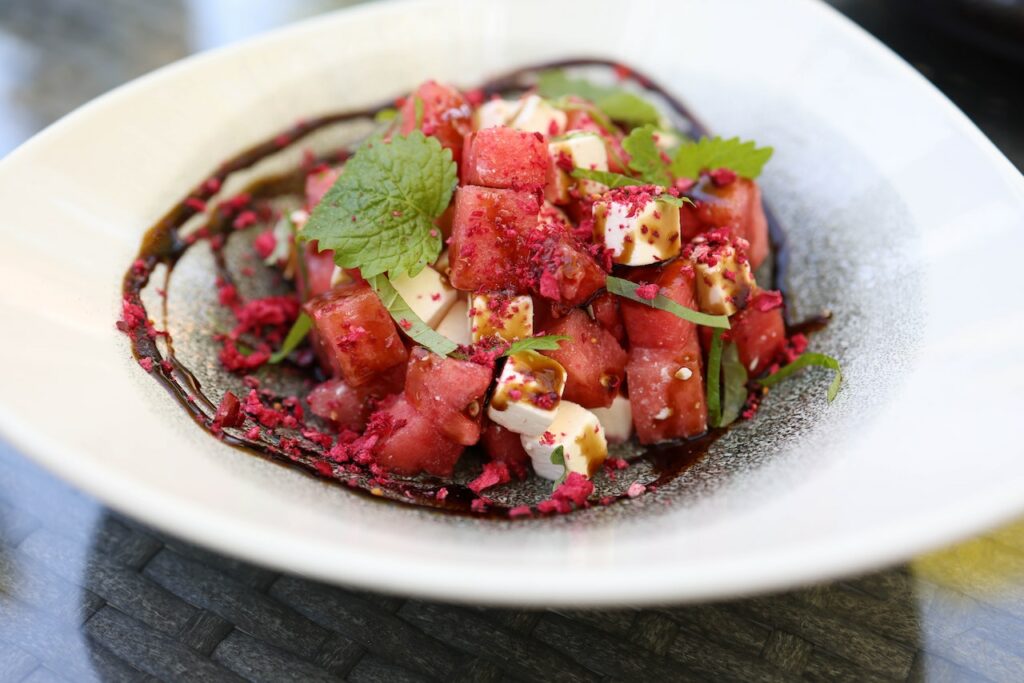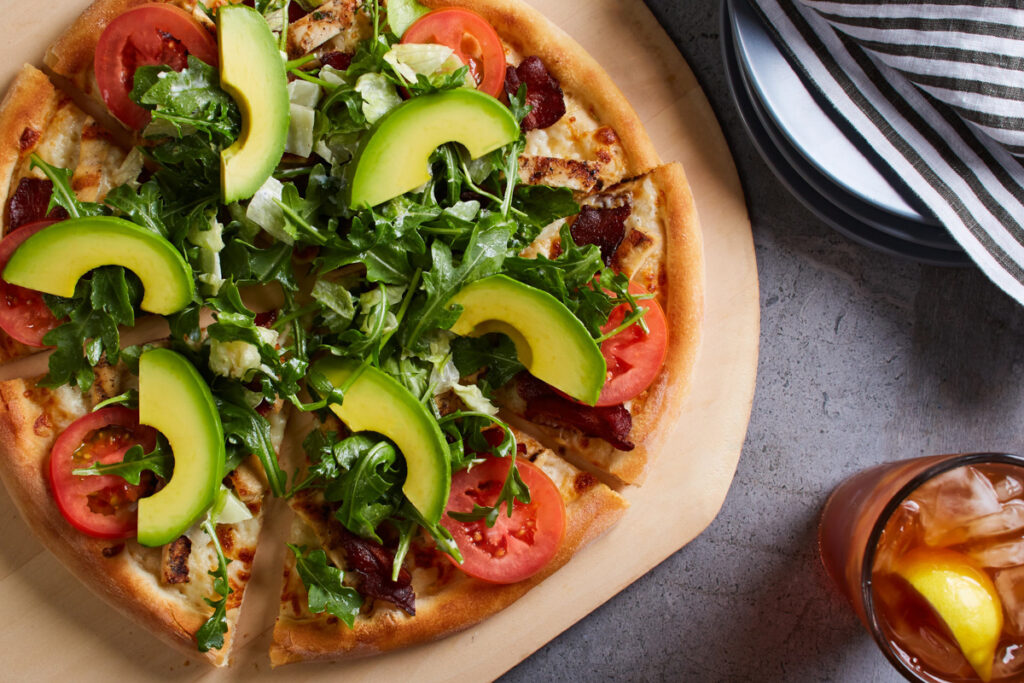The year was 1982, and across the United States, specifically in New York City, the culinary landscape was dominated by the concept of “New French” or “Nouvelle Cuisine.” It was characterized by small, intricate presentations, the use of exotic and expensive ingredients, and an emphasis on opulence. However, unbeknownst to many, a culinary revolution was quietly taking shape on the opposite coast, in California. This movement had been evolving for a decade and would ultimately redefine the world of food for generations to come. This is the fascinating story of California Cuisine.
Throughout the 1970s and early 1980s, California was a hotbed of culinary innovation. Chefs in the region drew inspiration from local influences and historical traditions to create their innovative menus.
Foundational Pillars: Spanish Colonization, Mexican Territories, Asian Immigration, Agriculture

The roots of California Cuisine can be traced back to four foundational pillars: Spanish colonization, Mexican territories, Asian immigration, and agriculture. These factors provided the framework for a truly unique approach to flavors, ingredients, and cooking methods.
- Mediterranean Influence. The early colonization of California by Spain played a crucial role in shaping the state’s cuisine. The culinary traditions brought over from the Mediterranean region to the West Coast had a profound impact on the development of iconic ingredients and cooking techniques. For example, Spain’s influence can be seen in the cultivation of grapes for wine and olives for oil. Additionally, the fresh and health-conscious inspiration from the Mediterranean Diet played a significant role.
- Mexico and California. Following Mexico’s independence from Spain and the reclaiming of California as part of its territory, new culinary influences emerged in the region. The abundant California sun proved to be ideal for cultivating Mexican ingredients such as chilies, avocados, tomatoes, tropical fruits, and citrus. The fertile regions experienced a boom in agriculture, while ranching thrived in other areas, further diversifying California’s culinary landscape.
- Asia Comes to America. California is home to the largest Asian American population in the United States. Immigrants from China, Japan, Vietnam, Thailand, Cambodia, and the Philippines brought their rich food cultures to the state. These culinary traditions merged with the existing practices and ingredients, resulting in a completely unique and distinctly Californian cuisine. California also played a crucial role in introducing and promoting the authenticity of Asian cuisines, both in fusion dishes and traditional recipes.
The Chefs Behind the Movement
While numerous chefs contributed to California’s culinary success, two pioneers stand out: Alice Waters of Chez Panisse and Wolfgang Puck of Spago.
Locavore Beginnings
Alice Waters was a trailblazer in her approach to cuisine. Her restaurant, Chez Panisse in Berkeley, moved away from complex preparations and expensive avant-garde ingredients popular at the time. Instead, Waters focused on using local ingredients and establishing partnerships with local farmers and artisans. The menu was deliberately simple, allowing the quality of the ingredients to shine. Waters’ emphasis on seasonal exploration introduced the rest of the United States and the world to previously unfamiliar or under-utilized ingredients such as artichokes, avocados, figs, arugula, crest, and chard. Furthermore, she placed vegetables at the center of the plate, sparking a renewed interest in locavorism, heirloom awareness, sustainability activism, and organic farming movements.
Fusion is Favored
Although the term “fusion” may now seem overused and passé, in its early days, it was a groundbreaking concept pioneered by Wolfgang Puck. Immersing himself in the multicultural streets of Los Angeles, Puck absorbed the diverse flavors and culinary traditions around him. He then skillfully blended these influences in his kitchen, creating meals that showcased the melding of different cuisines. Puck’s innovative approach revealed that fusion had been occurring naturally for centuries, and he played a pivotal role in familiarizing California and the world with this culinary phenomenon.
Conclusion
The history of California Cuisine is a story of innovation, cultural influences, and the visionary chefs who shaped a culinary movement. From the early influences of Spanish colonization and Mediterranean traditions to the merging of Mexican flavors and the introduction of Asian cuisines, California Cuisine emerged as a truly unique and diverse culinary landscape. Chefs like Alice Waters and Wolfgang Puck pioneered new approaches, emphasizing local ingredients, fusion of flavors, and the celebration of seasonal exploration. Their contributions propelled California Cuisine into the culinary stratosphere, influencing not only the way people eat in California but also impacting the global culinary world. Today, California Cuisine continues to evolve and inspire, reminding us of the power of culinary creativity and the rich tapestry of flavors that can be found in a single region.
